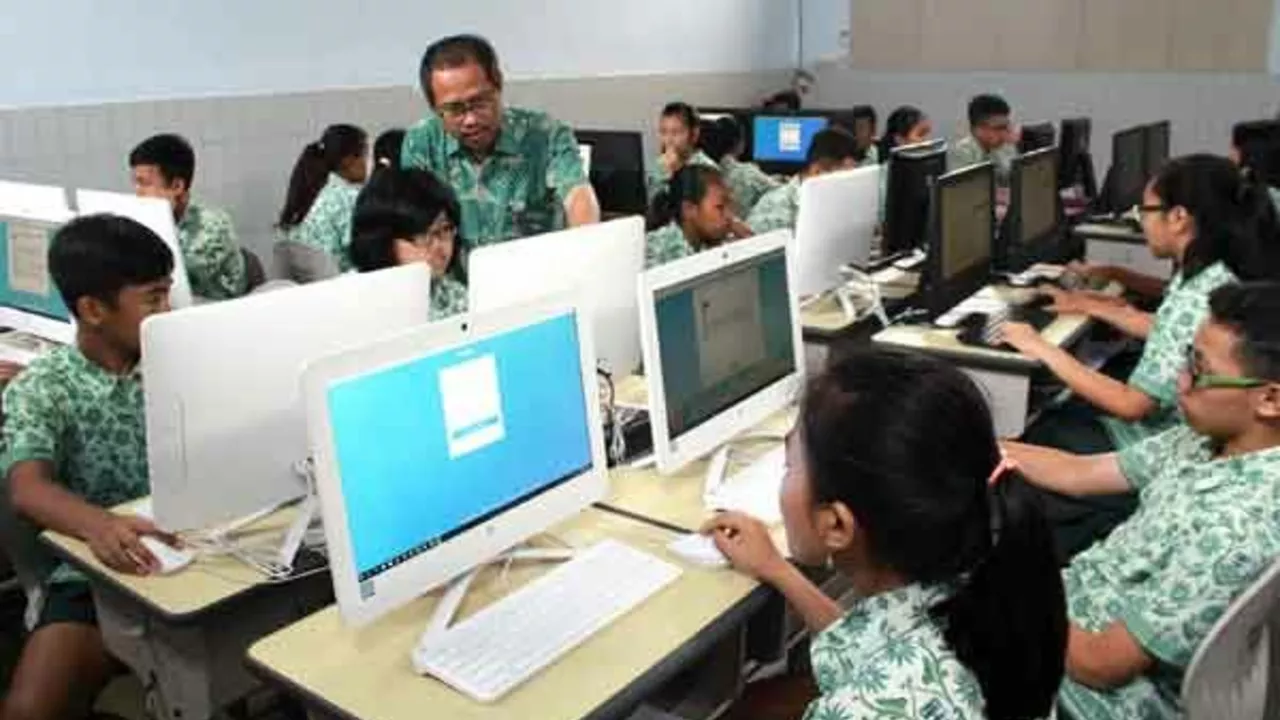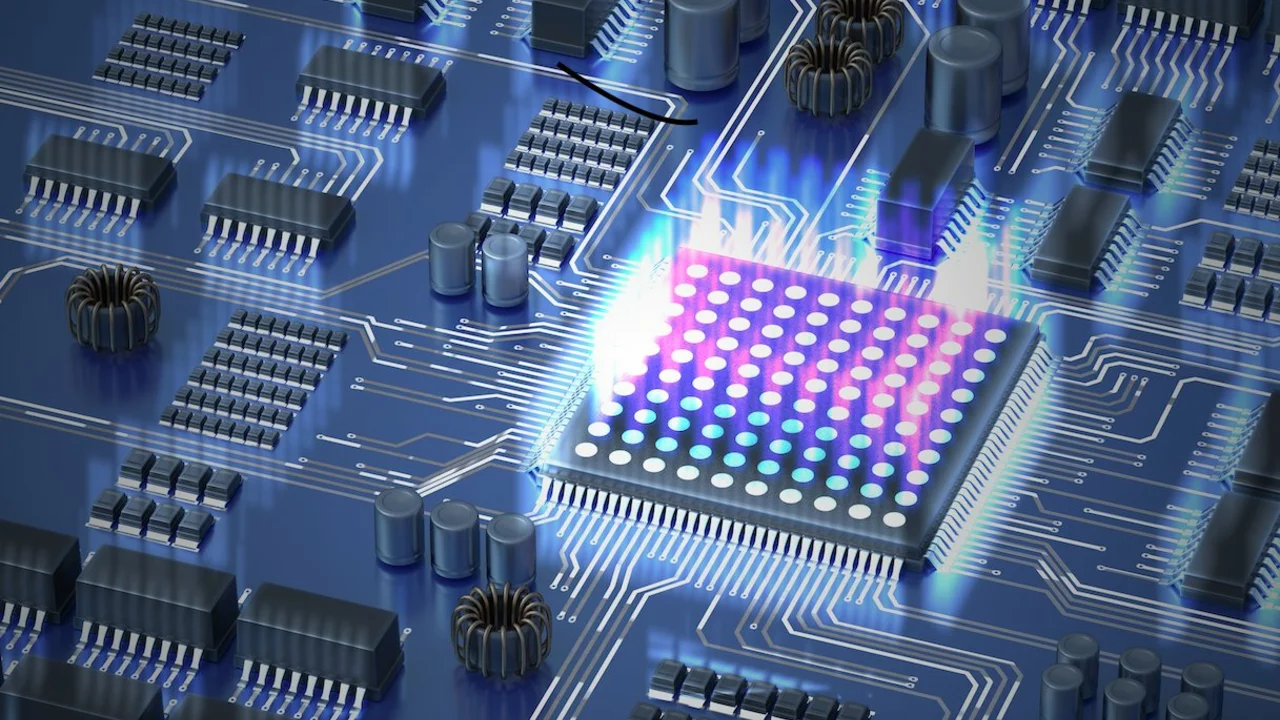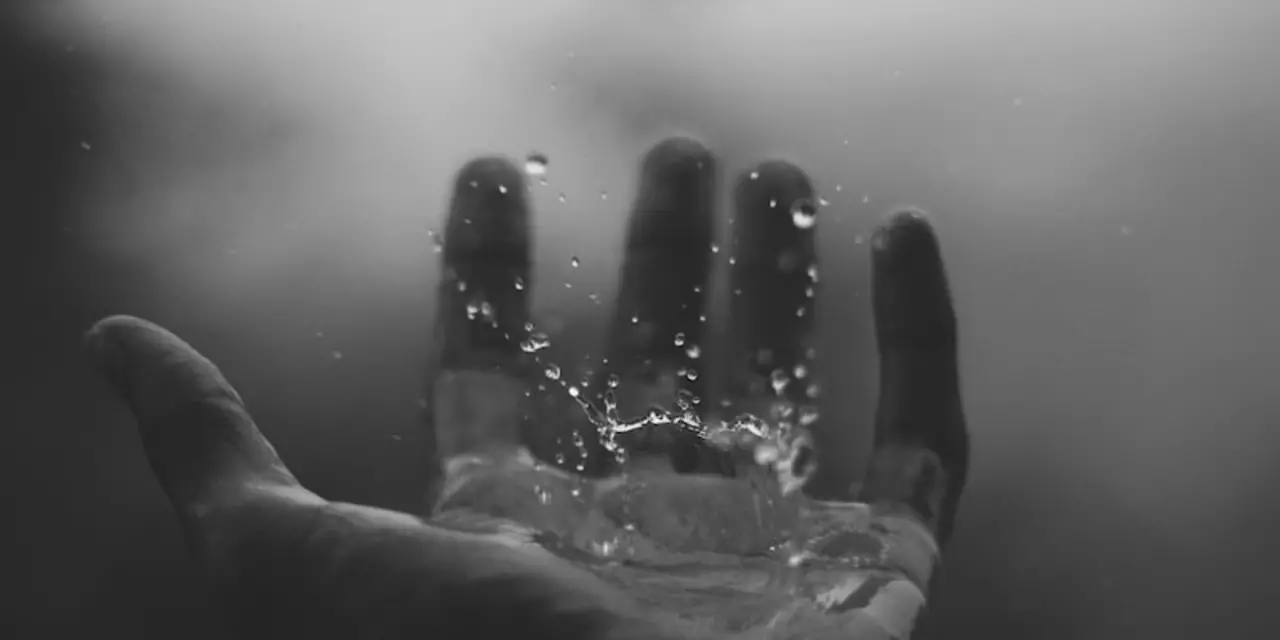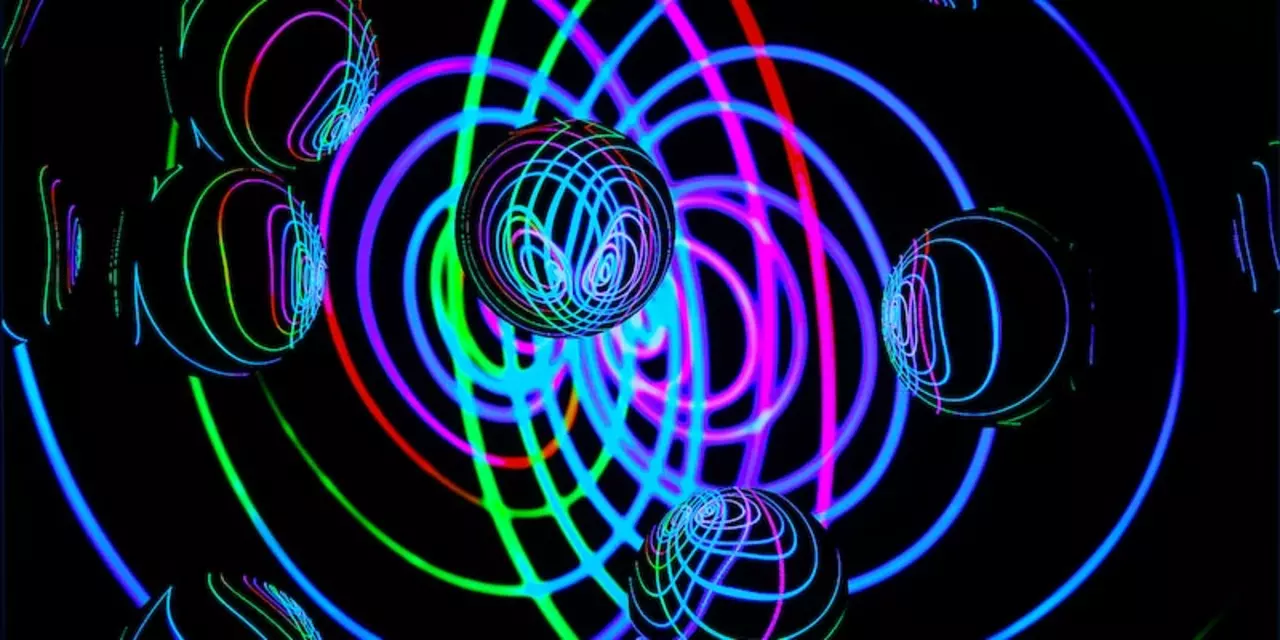Halo semua! Coba tebak, pekerjaan teknologi apa yang bakal aman dari sergapan otomatisasi hingga tahun 2045? Sudah terbayang belum? Nah, berikut jawabannya. Pertama, kita punya pekerjaan sebagai ilmuwan data. Robot mungkin pintar, tapi belum ada yang bisa mengalahkan kejeniusan ilmuwan data kita. Kedua, posisi sebagai pengembang perangkat lunak. Karena walau robot bisa membuat kode, masih butuh manusia untuk memastikan kode tersebut bekerja dengan baik. Ketiga, posisi sebagai analis keamanan siber. Di era digital ini, kejahatan cyber makin marak, jadi peran mereka makin vital. Jadi, buat kalian yang masih bingung mau jadi apa, bisa pertimbangkan tiga pekerjaan ini ya!
Raja Lelang Teknologi
Selamat datang di blog saya yang penuh keceriaan ini, kawan! Hari ini kita akan membahas sinonim dari kata 'yield' dalam bahasa Inggris dan Hindi, seru banget kan? Jadi, dalam bahasa Inggris, 'yield' bisa berarti 'surrender', 'produce', atau 'give way'. Sementara dalam bahasa Hindi, 'yield' dapat diartikan sebagai 'उत्पादन' yang berarti 'produksi', atau 'समर्पण' yang berarti 'penyerahan'. Wah, lumayan menambah wawasan kita hari ini ya! Semoga info ini bisa membantu kalian dalam belajar bahasa, dan tetap semangat ya!
Dalam blog kali ini, kita telah membahas mengenai pentingnya teknologi informasi. Teknologi informasi sangat penting karena memudahkan kita dalam mengakses dan membagikan informasi dengan cepat dan tepat. Selain itu, teknologi informasi juga membantu dalam meningkatkan efisiensi dan produktivitas baik dalam kehidupan sehari-hari maupun di tempat kerja. Dalam era digital ini, penguasaan teknologi informasi juga menjadi kunci untuk bersaing dan bertahan. Jadi, tak bisa dipungkiri bahwa teknologi informasi adalah bagian vital dari kehidupan kita saat ini.
Dalam blog kali ini, kita membahas bagaimana komputasi kuantum menjadi kunci pertumbuhan teknologi masa depan. Komputasi kuantum menawarkan kecepatan dan efisiensi yang luar biasa dalam pemrosesan data, yang mendorong inovasi dalam AI, kriptografi, dan penelitian ilmiah. Teknologi ini juga memiliki potensi untuk menciptakan model simulasi yang lebih kompleks dan akurat, yang bisa merubah cara kita mencari solusi untuk berbagai masalah. Meski masih dalam tahap awal, komputasi kuantum sudah menunjukkan dampak signifikan pada perkembangan teknologi. Untuk itu, penting bagi kita untuk terus memahami dan mengadaptasi teknologi ini.
Membangun koneksi di dunia teknologi bisa menjadi tantangan, tetapi ada beberapa strategi yang bisa kita terapkan. Pertama, kita bisa aktif dalam komunitas online yang berhubungan dengan teknologi, seperti forum atau media sosial. Kedua, menghadiri konferensi dan acara teknologi juga bisa membantu kita bertemu dan berinteraksi dengan orang-orang baru di industri ini. Ketiga, kita perlu selalu update dengan perkembangan teknologi terbaru. Terakhir, jangan ragu untuk meminta bantuan atau berbagi pengetahuan dengan orang lain.
Kecerdasan buatan atau AI kini semakin banyak digunakan dalam berbagai bidang teknologi. Salah satunya adalah dalam pengembangan algoritma yang mampu menganalisis data besar dengan cepat dan akurat. Selain itu, AI juga digunakan dalam teknologi kendaraan otonom yang dapat mengurangi risiko kecelakaan. Di bidang medis, AI membantu dokter dalam mendiagnosis penyakit dan menentukan pengobatan yang tepat. Secara keseluruhan, kecerdasan buatan telah memberikan banyak kemajuan dalam teknologi dan membantu kita dalam menjalani hidup yang lebih baik.
Teknologi merupakan salah satu bidang yang berkembang pesat. Pekerjaan teknologi yang akan menghasilkan bayaran tinggi di masa depan antara lain programmer, analis data, pengembang software, dan pengembang aplikasi. Programmer memiliki keterampilan dalam membangun aplikasi untuk menyelesaikan masalah bisnis tertentu. Analis data dapat mengumpulkan, memvisualisasikan, dan menganalisis data untuk mengambil kesimpulan bisnis yang berguna. Pengembang software menciptakan dan menyempurnakan perangkat lunak yang membantu organisasi mencapai tujuan mereka. Dan pengembang aplikasi membangun aplikasi yang memungkinkan pengguna untuk mengakses dan menggunakan berbagai layanan. Semua pekerjaan ini menawarkan prospek yang bagus, dan pendapatan tinggi di masa depan.
"Di Sisi Lain" adalah istilah yang umum digunakan untuk menggambarkan sudut pandang yang berbeda terhadap topik tertentu. Beberapa sinonim yang dapat digunakan untuk menggantikan frasa "di sisi lain" adalah: "Sejauh lainnya", "Dari sisi lain", "Dari sisi lainnya", "Di sisi yang berlawanan", dan "Dari perspektif yang berbeda". Dengan menggunakan sinonim ini, para penulis dapat menyampaikan ide-ide yang berbeda dengan cara yang kreatif dan menarik. Mereka juga dapat meningkatkan variasi dalam kata-kata yang mereka gunakan, menciptakan teks yang lebih menarik untuk dibaca. Dengan menggunakan sinonim yang berbeda, para penulis dapat membuat teks yang lebih indah, dan membuat pembaca merasa lebih terhibur.
Komputer kuantum menjadi topik hangat dalam teknologi saat ini. Komputer kuantum adalah teknologi yang menggunakan prinsip fisika kuantum untuk mengeksekusi instruksi-instruksi untuk menyelesaikan masalah. Penggunaannya dalam komputasi terkait dengan komputasi klasik yang dikenal sebagai metode Non-Kuantum. Namun, ada pemikiran bahwa teknologi komputer kuantum mungkin berasal dari teknologi asing. Ini disebabkan oleh beberapa bukti yang menunjukkan bahwa beberapa teknologi komputer kuantum telah ditemukan di luar angkasa. Namun, belum ada bukti kuat yang dapat mengonfirmasi bahwa teknologi kuantum berasal dari luar angkasa.








